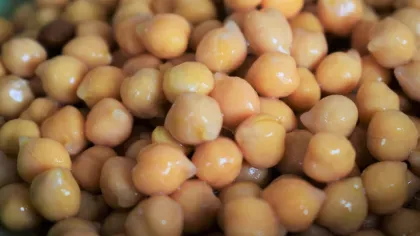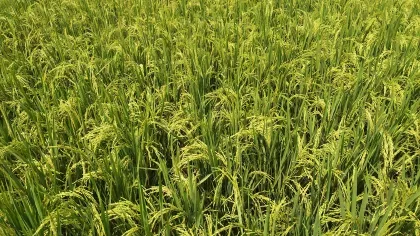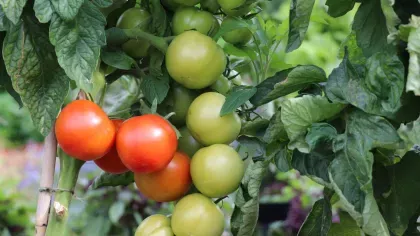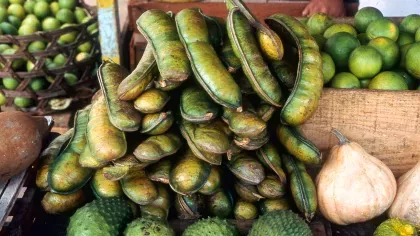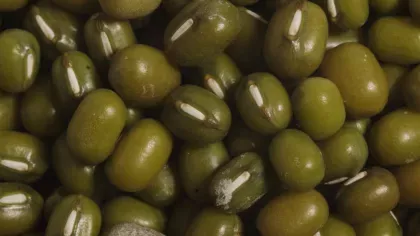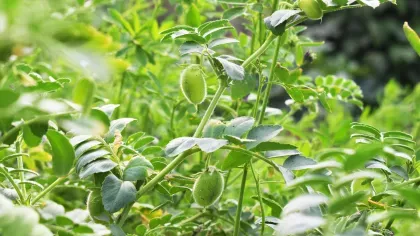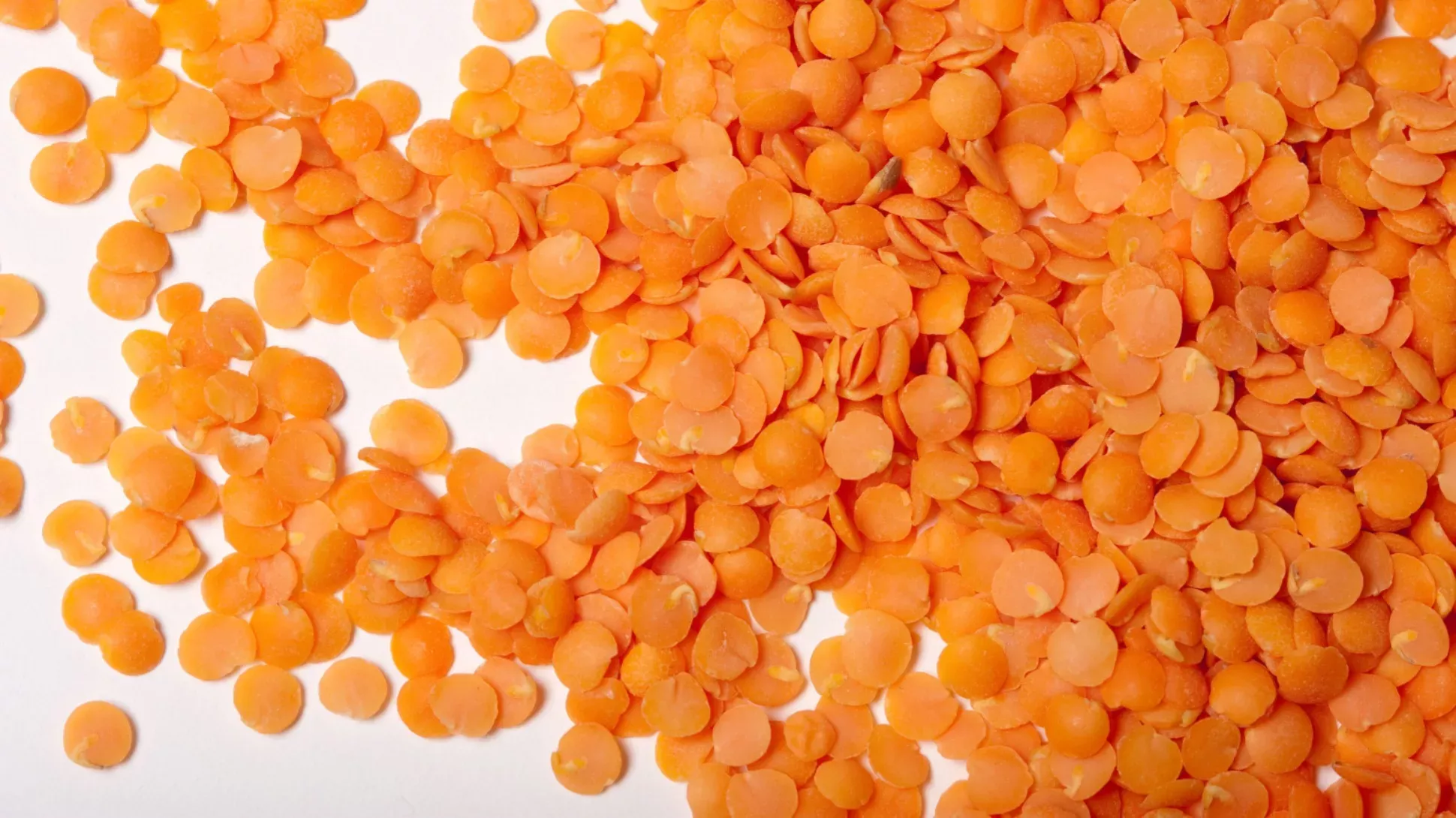
Lentil
On this page
Found in curries, stews and soups, the lentil is a protein-packed crop that feeds millions around the world.
Like many other legumes (members of the bean family Fabaceae), lentils were first domesticated in the Fertile Crescent in the Middle East around 5,500 BC.
The modern-day lentil descends from a wild subspecies known as Lens culinaris subsp. orientalis.
Today, crops are threatened by fungal and bacterial infections, so our scientists are searching for new ways to improve lentil resistance using their wild cousins.
Recent studies suggest that lentils, along with the rest of the genus Lens, are a part of the genus Vicia (or vetches) which also includes the broad bean (Vicia faba).
Plant description
Lentil plants are pale green herbs that grow up to 75cm tall. The main stem has a square cross section with many branches. The leaves are formed of leaflets that grow in 5 to 10 pairs alternately along the stem. Lentil flowers develop on a stem between the main stem and a leaf. The flowers can be pale blue, pink or white, and are described as being papilionaceous, meaning butterfly-like. The fruit is a pod containing up to three seeds, which are lens-shaped, 0.5cm across and can be grey, green, light-red speckled with black or pure black.
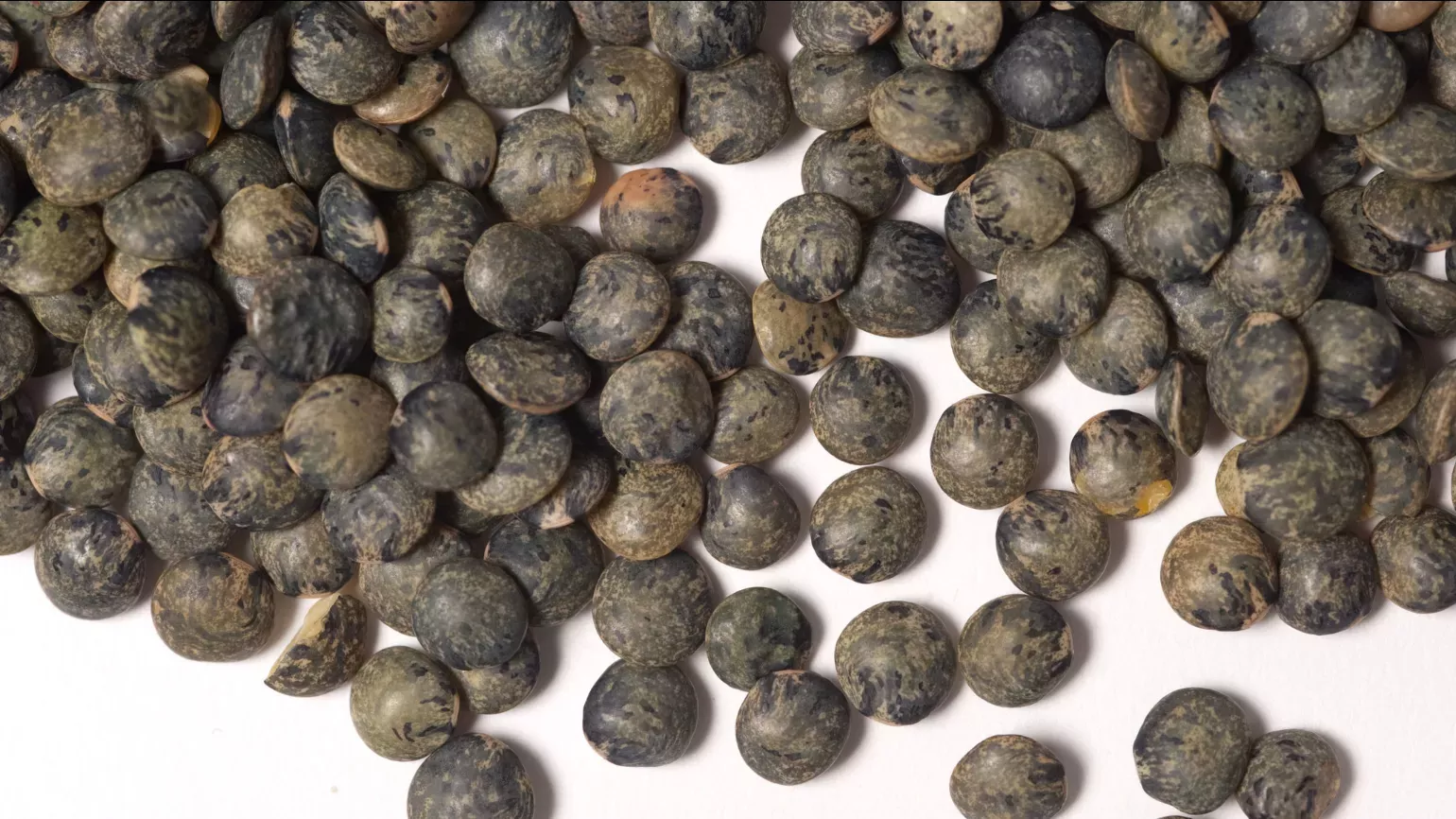
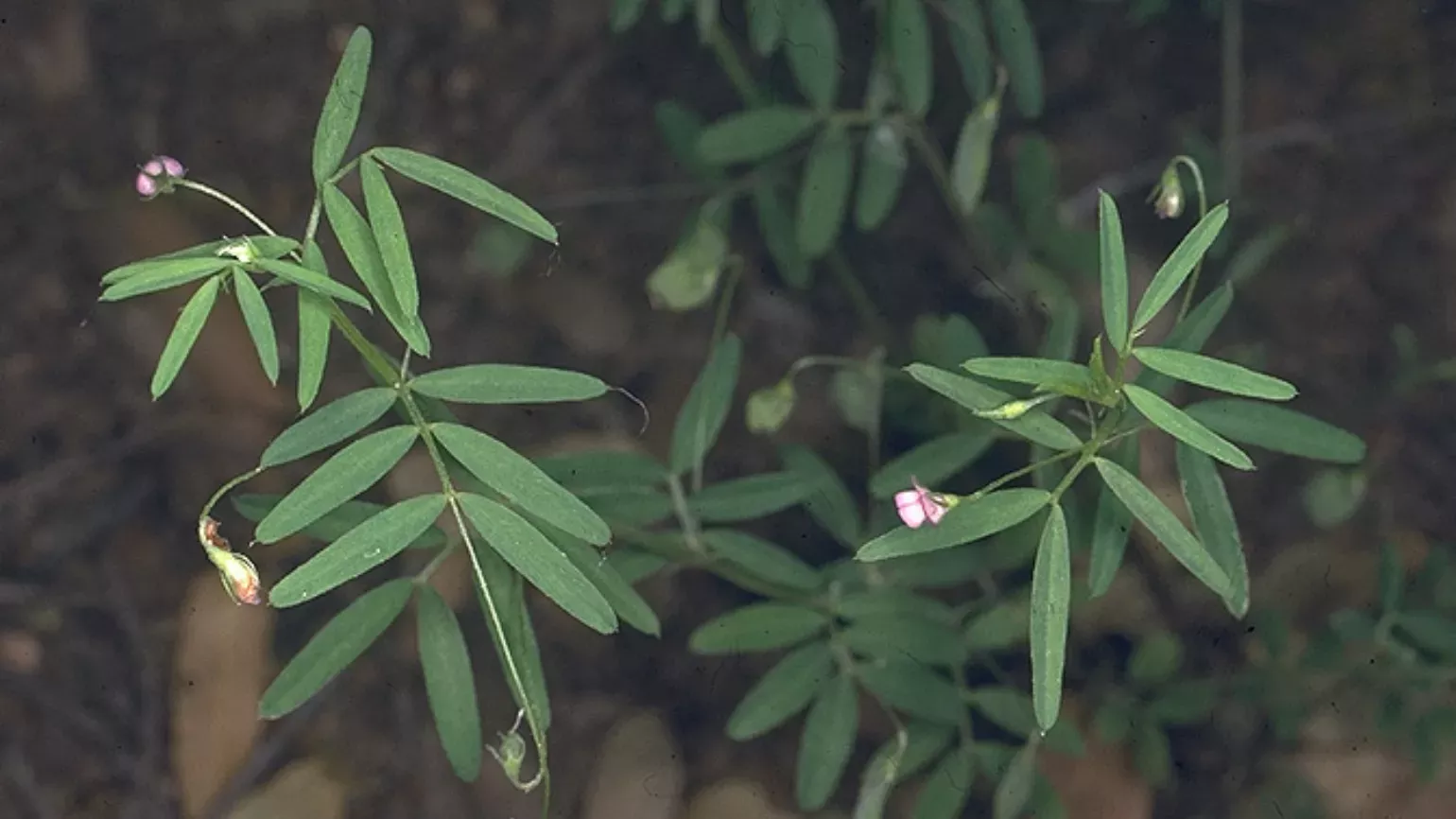
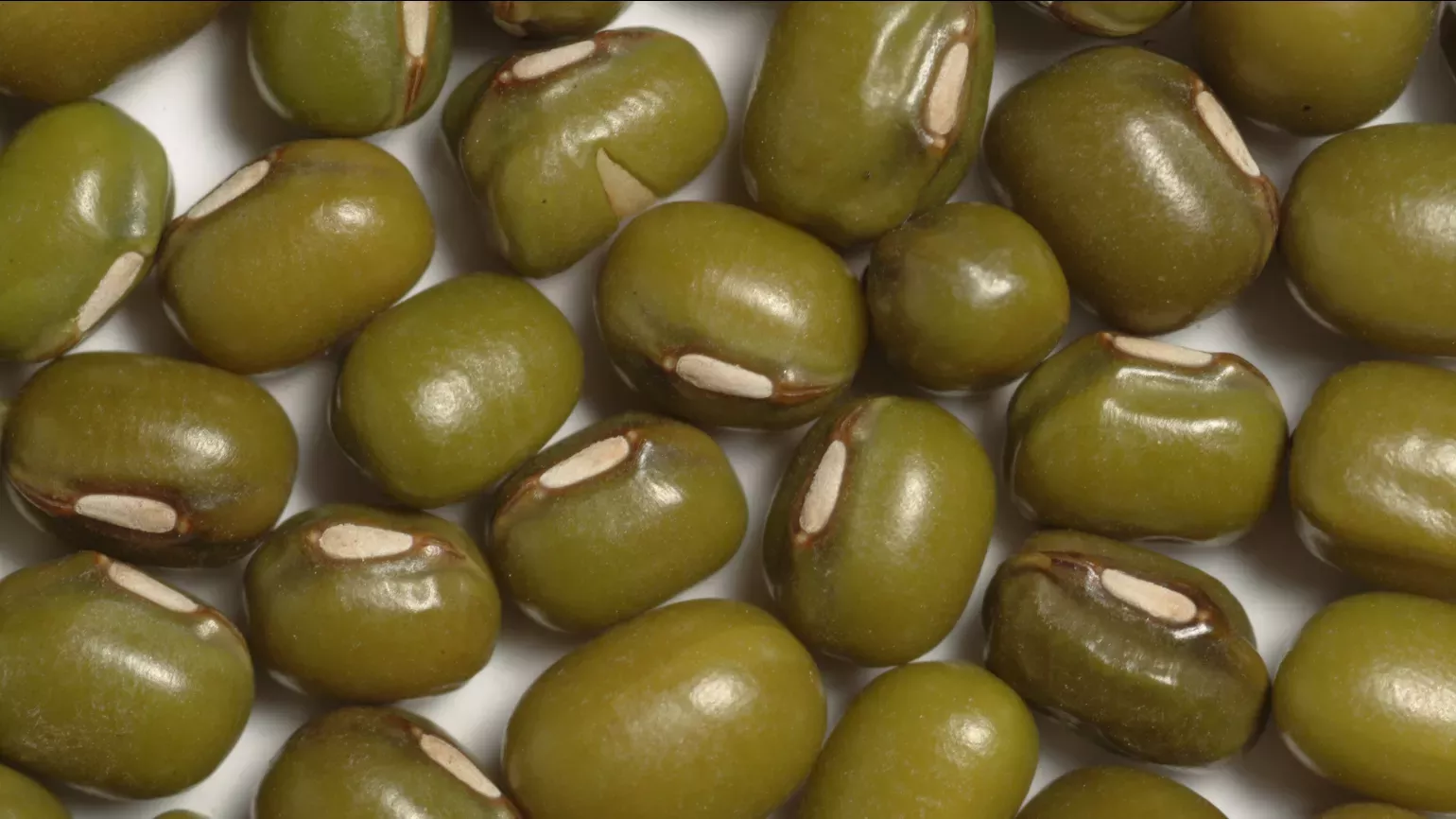
Plant uses
Food and drink
In the Indian subcontinent, lentils are referred to as dal (or daal), and are used to thicken curries, as a filling in puri and parathas, and as the flour used to produce bread, including papadum.
Lentils are popular in Ethiopian cooking. Kik wot is a sauce made from lentils, nufro is boiled and salted lentils, azifa is cooked and mashed lentils and elbet is a paste made from lentil flour.
Mashed lentils can be shaped into burgers as a meat alternative.
Lentils can also be ground into flour, which can be used to make cakes and bread.
The young seed pods, sprouted lentils and leaves can be eaten as a vegetable.
Health
Lentils are a healthy source of protein, as well as several vitamins and minerals, including vitamin B9, iron and manganese.
Lentils are often eaten as a cure for constipation and similar digestive issues.
Materials and fuels
Almost all parts of the lentil plant can be used for animal feed.
Lentil straw is burnt as fuel.
Did you know?
In 2020, Canada produced 2.8 million tonnes of lentils, accounting for nearly 45% of global production.
Puy lentils are a cultivar of lentils that are exclusively grown in the Le Puy prefecture of France.
The species name of lentil, culinaris, refers to its common role in cooking. The genus name, Lens, refers to the lens-like shape of the edible seeds.
Alongside green, brown and red lentils, other lentil varieties include Masoor Daal, Horse Gram and Green Moong.
Where in the world?
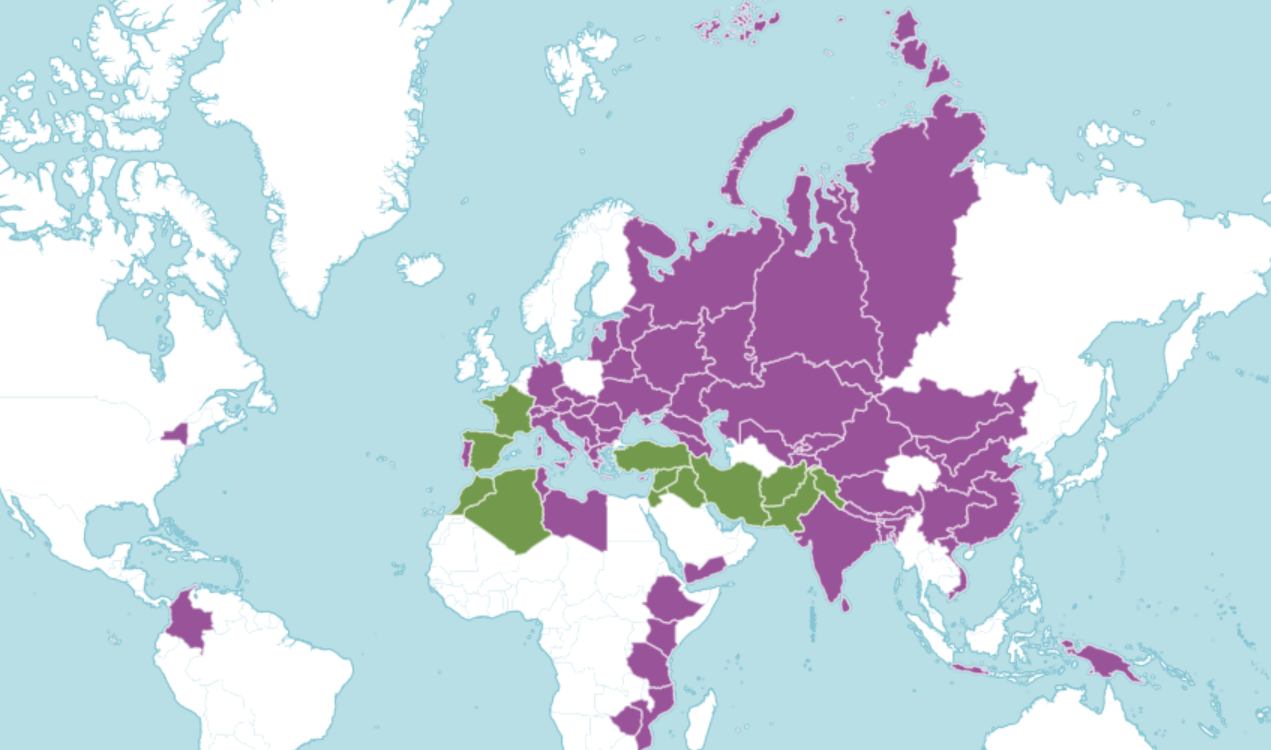
Sandy or clay soils in warm temperate and tropical zones.
Find it in our gardens
Kew Gardens
A botanic garden in southwest London with the world’s most diverse living plant collection.
Location
View map of Kew GardensBest time to see
Our work
Kew scientists have been working alongside the Global Crop Diversity Trust to collect seeds from the wild relatives of lentils, alongside wild relatives of 28 other key food crops, and store them in our Millennium Seed Bank for future generations.
Lentils are susceptible to a range of threats, such as stem nematode worms, cucumber mosaic virus, and powdery mildew.
As these diseases evolve, diversity in lentil crops will be needed to maintain food security.
The greatest source of genetic diversity comes from crop wild relatives, which can be used in breeding programs to protect the crop against disease and environmental stress.
